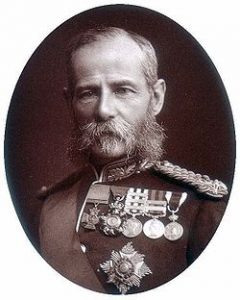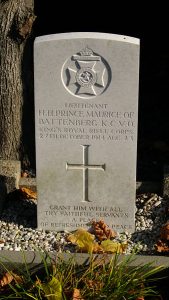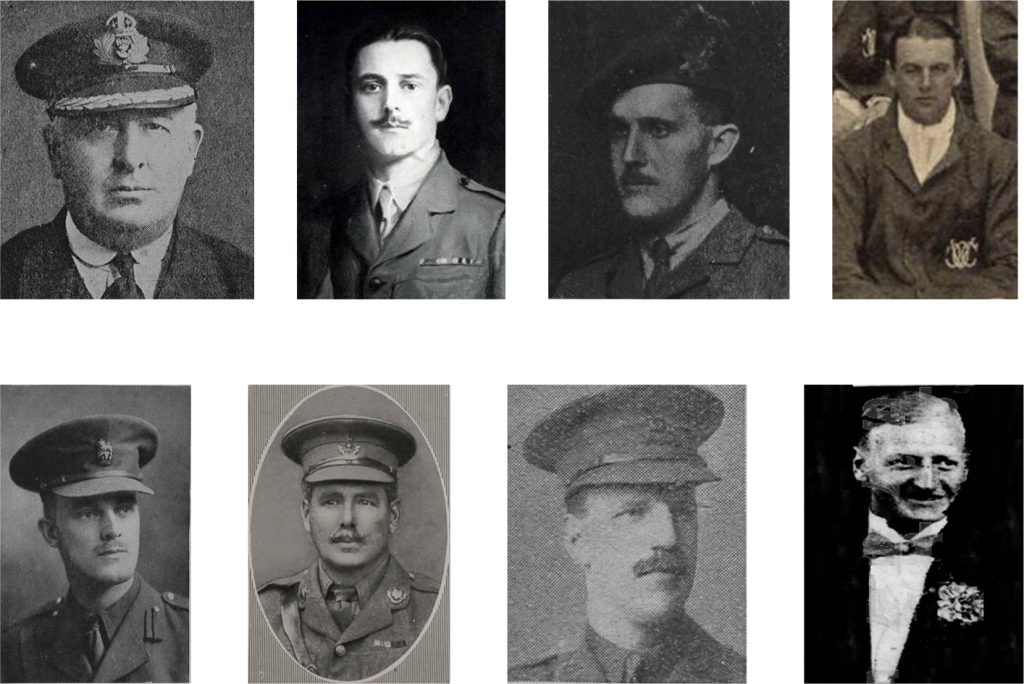
Field Marshal Lord Roberts was a governor of Wellington from 1899 until his death in 1914.
The son of a General, Lord Roberts of Kandahar Pretoria and Waterford was born in Cawnpore and educated at Eton and Sandhurst before joining the Indian Army. Nicknamed ‘Bobs Bahadur’ (Bobs the Lion) and later just ‘Bobs’.
He served during the Mutiny, was awarded the Victoria Cross at Khudaganj, assisted in the siege and capture of Delhi, the relief of Lucknow, and the battle of his birthplace, Cawnpore. In the 2nd Afghan War he took Kabul, entering the city in 1879. It was from there that he led the famous march to Kandahar to relieve the city.
He retired in 1904 and continued to serve the Country: he founded the Pilgrim Society in 1902, was a member of the National Service League, he promoted rifle shooting through his presidency of the National Smallbore Rifle Association (whose targets have a facsimile of his signature to this day), and became vice-president of the Public Schools Alpine Sports Club in 1903. Many of these actions were founded on a belief that there was a need to instil a sense of military training and skill, teamwork, and personal fitness into the population ahead of what he regarded as the inevitable war in Europe
He was initiated into Khyber Lodge No 582 in 1850, a military lodge founded in Peshawar and was made an honorary member of the OW Lodge at our second meeting in 1910. He also joined the Aldershot Army & Navy Lodge No 1971, then ruled by the Duke of Connaught & Strathearn, and Lodge of Edinburgh (Mary’s Chapel) No 1 (under the Scottish Constitution).
Lord Roberts died of pneumonia at St Omer, France, on 14 November 1914 whilst visiting Indian troops on the Western Front in the early days of the Great War. He was one of only two non-Royals to lie in state at Westminster in the 20th century, the other being Winston Churchill, and was given a state funeral.
Lord Roberts was sometimes called ‘Kipling’s General’, as the author and mason dedicated two poems to him: ‘Bobs’ and ‘Lord Roberts’.
He was one of five Field Marshals to join the Lodge.





